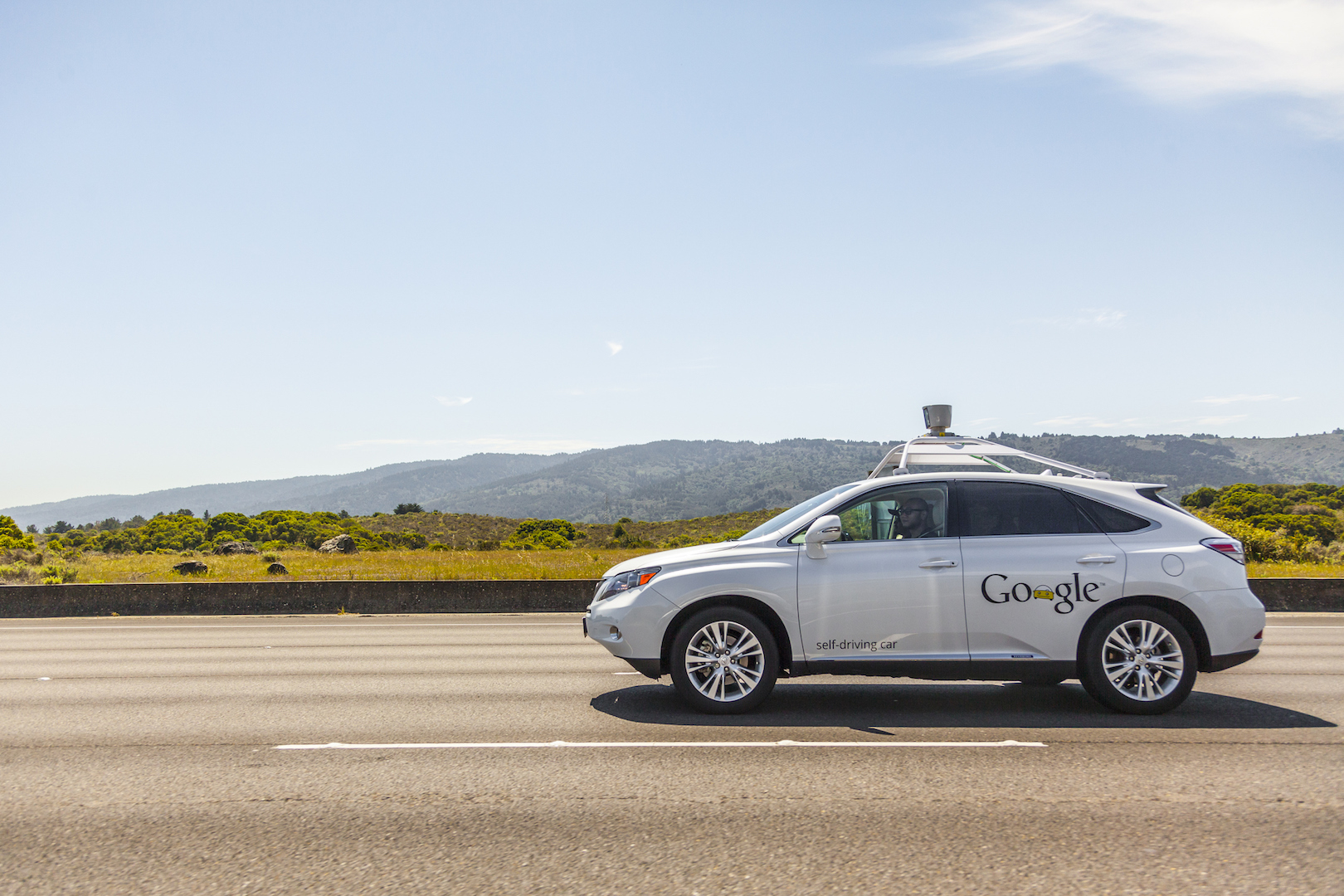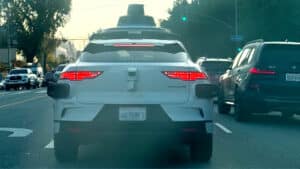
This week’s column covers recent developments in laws and regulations concerning automated vehicles, which you may know as “driverless cars” or “robot cars.”
The area of Automated Vehicle (AV) law and regulation is rapidly evolving. It is a complex process which involves elected legislative bodies, regulatory bodies, and vehicle manufacturers. There are countless human lives and billions, if not trillions, of dollars at stake as this technology develops and these vehicles enter our transportation infrastructure.
Robot cars are already visible on our streets here in San Francisco as well as throughout many other municipalities and states across our nation. You have probably seen these cars on the road with prominent arrays of cameras and radar equipment mounted on the roof, grill, and bumpers. In May of 2014, the State of California adopted autonomous vehicle testing regulations for manufacturers and/or developers who seek to test and operate their vehicles in California. These regulations include special licensing of drivers and vehicles, as well as the ability of an occupant to take over control in the case of a system failure.
AV laws in California have been some of the first and most detailed in the nation, including the requirement that companies must demonstrate financial responsibility in case of an accident by the purchase of an insurance policy or proof of net worth in excess of $5 million. The California legislature (assembly members and state senators) and state regulatory agencies including the Department of Motor Vehicles (DMV) and the California Public Utilities Commission (CPUC) all are involved in regulating certain aspects of AV development, testing and implementation. The DMV issued Proposed Driverless Testing Requirements and Deployment Regulations on October 11, 2017. The CPUC recently released its proposed regulation for robot cars in commercial transportation modalities such as buses and transportation network companies (TNCs) such as Lyft and Uber.
Currently over 30 companies have received permission to test robot cars in California including Honda, BMX, VW, Ford, Tesla, Nissan and GM. Perhaps surprisingly, the largest group of permit holders are not auto manufacturers but software companies — some of which Americans may not be familiar with, such as Baidu USA, Telenav, Naro and Zoox — who are operating vehicles and systems statewide. And let’s not forget Google and UATC LLC (Uber), who are seeking market dominance.
On the national level, Congress and the US Department of Transportation (DOT), are setting standards for AV technology. The arm of the DOT that handles regulations and guidance is the National Highway Traffic and Safety Administration (NHTSA), which first released AV guidelines in 2016 and just recently issued its “Automated Vehicle 2.0 Guidelines.”
One major difference between California’s approach and the DOT’s guidelines is that California has mandatory regulations that must be adhered to if AV manufacturers wish to test their vehicles here. The NHTSA’s guidelines have no regulatory effect; they are mere suggestions. The DOT, now headed by Trump appointee Elaine Chao, is taking a “nonregulatory,” hands off approach. Indeed, it is clear that supporting industry — rather than protecting consumer safety — is the primary objective of NHTSA’s Automated Vehicle 2.0 Guidelines, which state in the first line of the Scope and Purpose Section that “Through this Voluntary Guidance, NHTSA is supporting entities that are designing [AVs] for use on public roadways in the United States.”
Next week I will continue the discussion of state and federal approaches to the development of AV technology. As with the smart phone, AV tech signals that the future is upon us and it is my bet that in ten years automated cars, trucks, buses, and TNCs will constitute almost half of the cars on the roadway. I just hope that the safety of the consumer and innocent bystander is the greatest priority for these lawmakers. From what I have seen, it currently is taking a backseat in the rush to capture the untold riches this new market promises.








